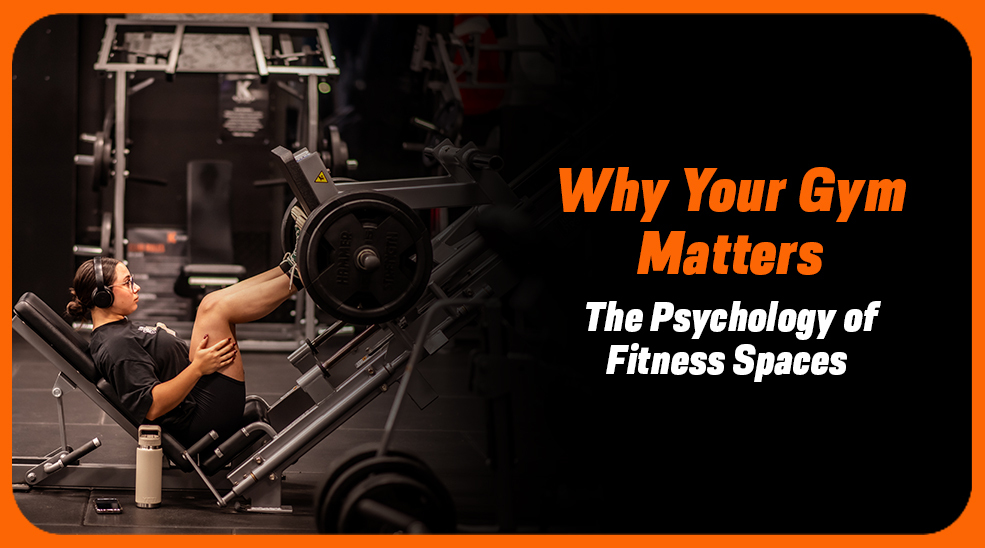ALWAYS OPEN! WE WORK 24/7

The training space has an effect on physical activity. Beyond program and availability of equipment, the overall design of the space - including areas such as light, layout, color, sound, and plant life - affects feelings, frequency, and intensity of participation in the space. For Kahma 24/7 Gym Clyde North members, subtle design choices amounted to improvements in motivation, safety, and long-term outcomes.
Below, I dissect the psychology of great fitness spaces, share evidence-based design levers that actually encourage people to exercise, and give you actionable insights you can use whether you are a gym owner or just want a better workout experience.
Humans react intuitively to their surroundings. A space that feels bright, welcoming and easy to move around removes friction and stress, so beginners try more, and habitual members keep the habit. Tight or poorly lit environments, by contrast, heighten tension and self-consciousness, which erodes motivation in the long run. Shape influences mood, perceived effort, and even session perceived length — all paramount to sticking to fitness.
Plenty of even light makes a space feel energetic and secure. Research and industry guidelines suggest that bright, well-distributed lighting improves visibility for technique and boosts alertness — both good for a more vigorous workout. Natural light or light specifically intended to replicate daylight is especially effective.
Music isn't atmosphere — it can increase effort, decrease perceived exertion, and boost endurance. Offering tempo-matched playlists for classes or cardio areas helps members work harder and enjoy sessions more. Give members the option of quieter areas if they need concentration over pumps.
Mirrors serve both functional and psychological purposes. They allow exercisers to check form (safer workouts) and can boost confidence when people see improvement. Be mindful of your placement: mirrors in free-weight zones aid form, but too many mirrors in beginner zones can make new members even more self-conscious.
A clear, rational sequence (entrance → check-in → warm-up → zones → showers) reduces decision fatigue. By having readily accessible equipment and class spaces, and free-flowing traffic, members have more time to train and less time to be frustrated. Social spaces that encourage mixing between groups enable the community that keeps members coming back.
The inclusion of plants, natural textures, and natural light improves mood and reduces stress. Recent studies of biophilic design in sports settings show that these elements improve exercise participation and the likelihood of individuals returning — a solid retention model for gyms. Even small elements (potted plants, green feature walls) make a difference.
Colour affects perception and arousal. Reds and oranges can stimulate and energize (perfect for sprint zones), while blues and greens promote focus and calm (better for stretching zones or recovery). Strong accents direct focus and softer colour schemes where relaxation and recovery are needed. Thoughtful colour choice reinforces your gym's branding and the mood each zone should promote.
When considering a gym, check out the atmosphere as soon as you walk in. Is it light, clean, easy to navigate? Is the music upbeat but not blasting your ears? Are there areas for serious training and relaxing, such as a sauna or calming area for stretching? All of will matter for how often you show up, how welcome you feel and how fast you improve.
Excellent gym design is not decoration — it's a performance tool. When Kahma 24/7 Gym Clyde North optimizes lighting, acoustics, flow, and comfort, it means members are not only enjoying being there more; they're training smarter, feeling safer, and returning more often. Small design decisions that are informed by current and relevant design research provide large gains in motivation and retention.